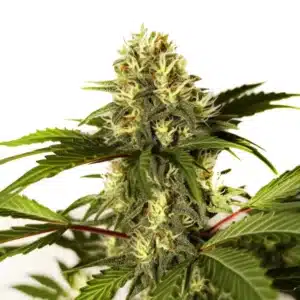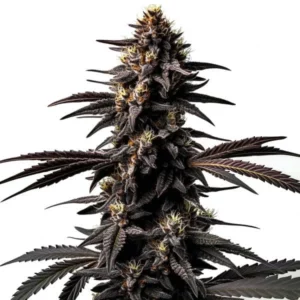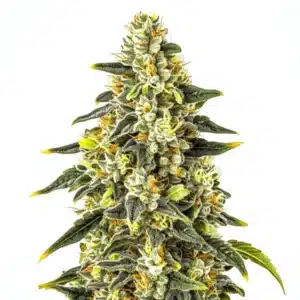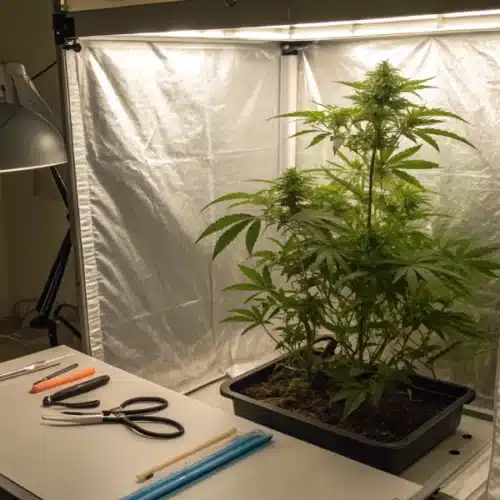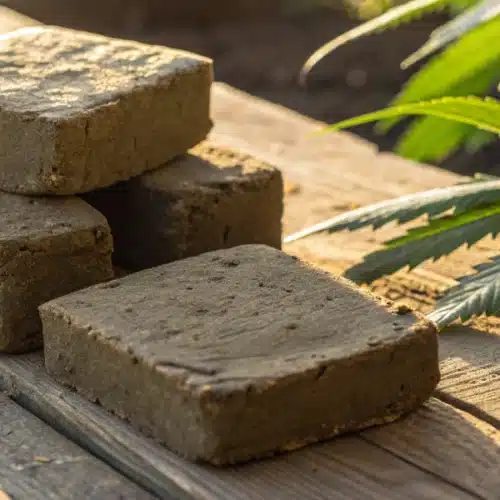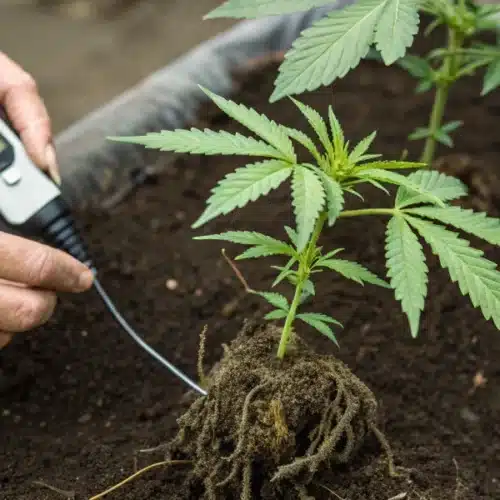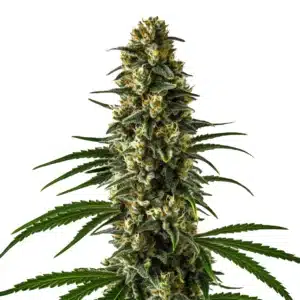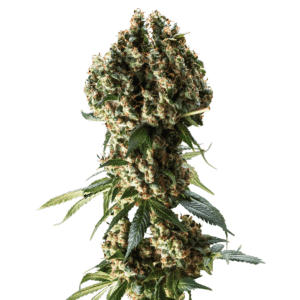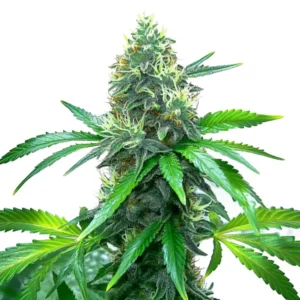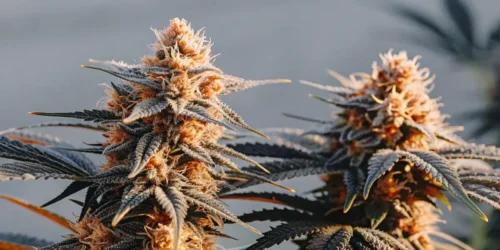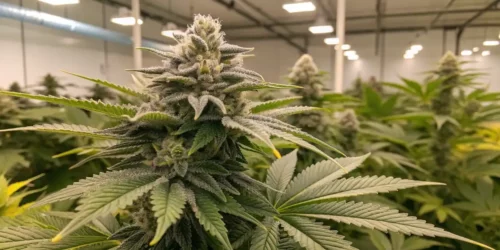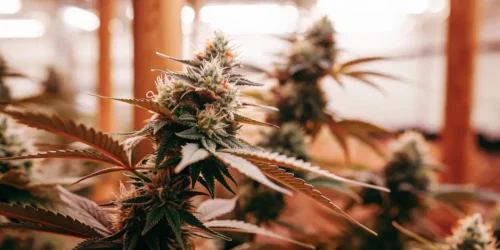The idea of implementing a period of darkness before harvesting your cannabis plants has been a topic of discussion in various growing communities. Many cultivators wonder if this practice genuinely enhances the yield or quality of their plants.
The intention behind putting your plants in complete darkness for a week prior to harvest is based on the belief that this practice encourages the plants to focus their energy on producing resin. Growers who support this method often report that their plants become more potent and exhibit richer flavors and aromas after this dark period. But what exactly happens to the plants during this phase? The lack of light might trigger changes that could positively affect cannabinoid concentrations.
Some growers suggest that this technique imitates natural conditions for cannabis plants. In their natural habitats, many varieties experience extended periods of darkness as they reach the end of their growth cycle. This may signal to the plant that it’s time to ramp up trichome production, the tiny glands responsible for producing THC, CBD, and other valuable compounds. While there is a wealth of anecdotal evidence supporting this practice, scientific research to substantiate these claims remains somewhat limited.
Benefits of Darkness Before Harvest
- Increased Resin Production: Many cultivators report that after a dark period, their plants yield more resin, leading to enhanced potency and quality.
- Enhanced Aroma and Flavor: Numerous growers have observed that their final product boasts a more pronounced flavor and aroma profile.
- Stress Response: Light deprivation can induce a mild stress response in plants, potentially prompting them to produce more trichomes.
It’s important to acknowledge that the benefits derived from this technique can differ among growers. While some report significant improvements, others may find little to no change. Each strain’s unique characteristics play a critical role in how it responds to the darkness method, making it essential to consider the specific cultivar being grown.
Additionally, anecdotal success stories have fueled the popularity of this technique. Growers often share personal experiences on forums and social media, leading to a growing interest in experimenting with the process. The idea that a simple shift in light exposure could yield such rewards is certainly captivating!
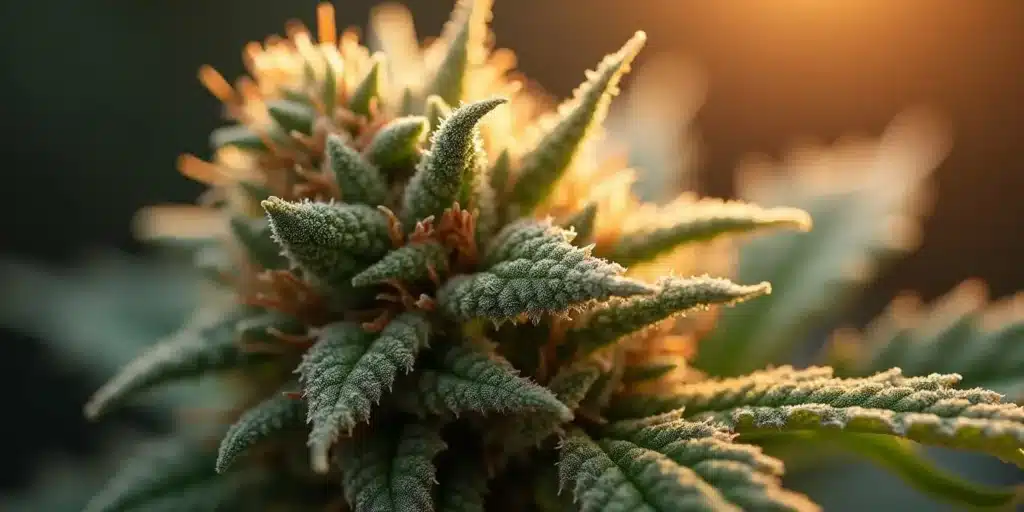
Promos & Deals
Practical Steps to Implement 7 Days of Darkness
If you’re feeling motivated to give this technique a try, follow these straightforward steps to effectively darken your cannabis plants before harvest:
- Begin by ensuring your plants are in the final weeks of flowering, generally around weeks 7-9, though timing can vary based on the strain.
- Gradually reduce the light exposure to about 12 hours a day for a few days leading up to the darkness period. This transitional phase helps acclimate the plants.
- Switch to a completely dark environment for 7 days. Make sure there’s no light leakage during this time.
- During this dark period, keep a keen eye on your plants. Watch for any signs of stress or unusual reactions.
- Once the week of darkness has ended, proceed to harvest your plants and prepare for the drying and curing process.
For instance, let’s take a look at Girl Scout Cookies. Growers often note that this strain exhibits enhanced flavor and aroma when subjected to changes in light cycles. Conversely, strains like Northern Lights may show more significant resin development, making this practice worth considering as you approach harvest.
It’s advisable to document your experience along the way. Notes about your strain, growth conditions, and the changes you observe can provide valuable insights for future grows. Over time, you might uncover patterns that give you a better understanding of what works best for you and your plants.
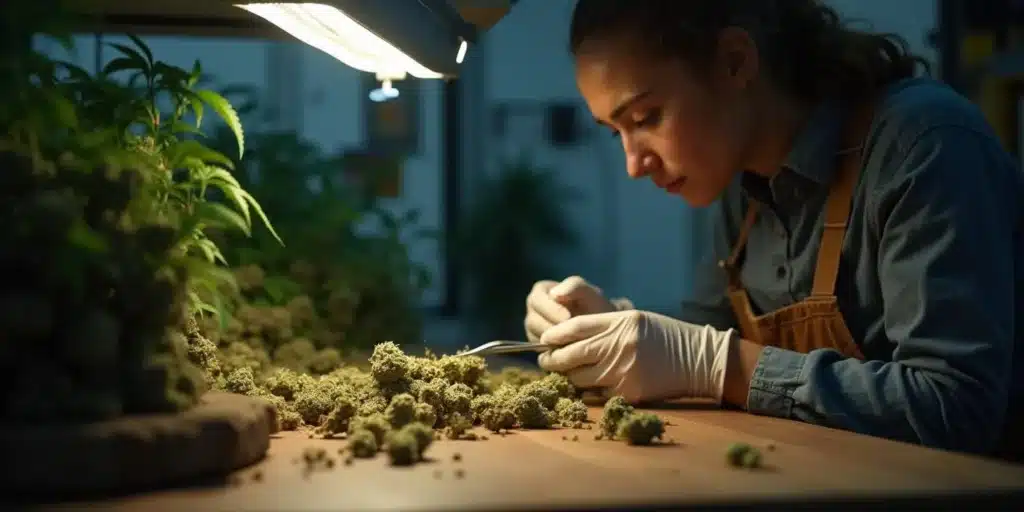
Things to Keep in Mind
As you contemplate moving forward with this process, several key factors are critical to consider. First and foremost, not all cannabis strains will respond positively to a dark period. For example, as previously mentioned, varieties like Blue Dream might behave differently compared to others. Testing this technique with just a few plants can help you evaluate its effects before implementing it on a larger scale.
Additionally, plants that are already stressed may not respond favorably to the added pressure of darkness. Healthier plants are generally more likely to adapt and thrive during this phase. It’s crucial to maintain a stable environment, ensure your temps and humidity levels are optimal to avoid shocking your plants during this transition.
Your Strain’s Characteristics
Each cannabis strain comes with distinct growing habits, flavors, and potencies. When deciding whether to employ a 7-day darkness technique, it’s essential to consider the unique characteristics of the strain you’re cultivating. Strains with higher THC concentrations, like Gelato, might particularly benefit from enhanced resin production.
Take some time to evaluate your chosen strains before implementing this method. Factors such as genetics, environmental conditions, and your overall cultivation strategy should align for the best possible outcomes. Sourcing high-quality seeds from reputable suppliers ensures that you have a strong genetic foundation to work with.
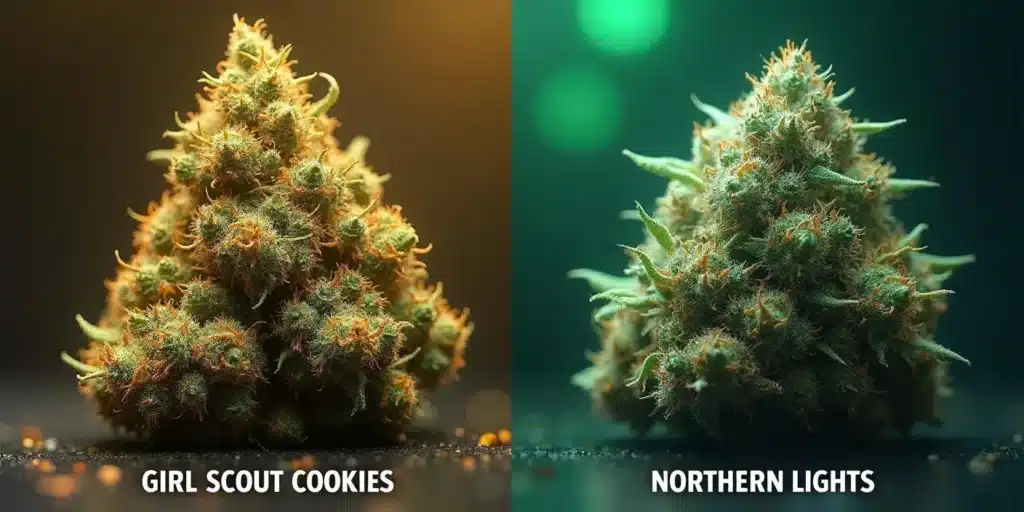
Focusing on the Final Steps
Completing the final steps of the cultivation process is crucial for success. After successfully executing the 7-day darkness phase, pay close attention while harvesting your plants to ensure optimal results. Check the trichomes, as milky white heads typically indicate peak THC levels. If you notice the heads starting to turn amber, it can signal that the THC is degrading into CBN, leading to a different effect.
Once you’re done harvesting, be diligent in your drying and curing practices. Properly executed drying processes are vital for maintaining the increased potency achieved through your prior efforts. Aim for a drying temperature of around 60 to 70°F, with humidity levels between 45-55% for the best results.
FAQs
What is the purpose of 7 days of darkness before harvesting cannabis?
The primary purpose of this technique is to enhance resin production, which could potentially result in higher potency and richer flavors in your finished product. Some growers believe that creating a lengthy dark period induces stress in the plant, leading to increased trichome production.
Can all cannabis strains benefit from this technique?
No, not all strains respond alike to the darkness approach. Some may demonstrate improved flavors and potency, whereas others might exhibit minimal noticeable changes. It is advisable to experiment on a small scale first to determine what works best with your specific strains.
How should I prepare my plants for a week of darkness?
Prior to starting the dark period, begin by gradually reducing light exposure to prepare your plants for what’s ahead. Ensure their health and stability and eliminate any environmental stressors. Once you enter complete darkness, closely monitor your plants for any signs of discomfort.
Is there any scientific evidence supporting this method?
At this time, scientific research specifically examining this darkness practice is limited. Most support comes from anecdotal experiences shared within the growing community. There’s significant room for more research to yield conclusive evidence.
What should I do after the 7 days of darkness?
After your week of darkness concludes, it’s time to go ahead and harvest your plants. Evaluate the trichomes for the ideal harvesting window, then proceed to dry and cure your buds properly. This final phase is of utmost importance to preserve the quality achieved through your hard work.

